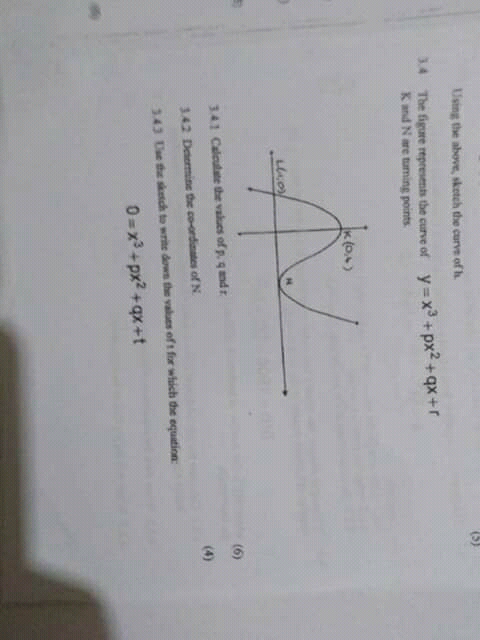
AlgebraQuestion and Answers: Page 312
Question Number 59581 Answers: 2 Comments: 0
Question Number 59552 Answers: 1 Comments: 0
Question Number 59551 Answers: 1 Comments: 0
Question Number 59550 Answers: 1 Comments: 0
$$\mathrm{9}+\left(\mathrm{5}×\mathrm{4}+\mathrm{5}^{\mathrm{3}} \right) \\ $$
Question Number 59549 Answers: 2 Comments: 0
$$\frac{\mathrm{1}}{\mathrm{5}}×\mathrm{i}\:\:\mathrm{i}=\mathrm{7} \\ $$
Question Number 59547 Answers: 1 Comments: 0
$$\mathrm{4}+\mathrm{t}×\mathrm{c}\:\mathrm{t}=\mathrm{3}\:\mathrm{c}=\mathrm{6} \\ $$
Question Number 59499 Answers: 1 Comments: 3

Question Number 59482 Answers: 0 Comments: 0

Question Number 59439 Answers: 0 Comments: 0

Question Number 59409 Answers: 0 Comments: 2

Question Number 59336 Answers: 1 Comments: 0
Question Number 59313 Answers: 1 Comments: 0
$$\mathrm{c}+\mathrm{6}×\mathrm{t}\:\:\mathrm{c}=\mathrm{3}\:\:\mathrm{t}=\mathrm{5} \\ $$
Question Number 59270 Answers: 1 Comments: 0
Question Number 59166 Answers: 0 Comments: 0
Question Number 59164 Answers: 1 Comments: 0
$$\mathrm{5}^{\mathrm{x}} =\mathrm{0} \\ $$$$\mathrm{find}\:\mathrm{x} \\ $$
Question Number 59133 Answers: 2 Comments: 0
Question Number 59102 Answers: 1 Comments: 0
Question Number 59095 Answers: 1 Comments: 0
Question Number 59094 Answers: 1 Comments: 1

Question Number 59092 Answers: 1 Comments: 0
Question Number 59089 Answers: 1 Comments: 0

Question Number 59070 Answers: 3 Comments: 0

Question Number 59060 Answers: 2 Comments: 0

Question Number 59053 Answers: 0 Comments: 0
$${f}={v} \\ $$$${v}=\mathrm{47}×\mathrm{48} \\ $$$${f}=? \\ $$
Question Number 58972 Answers: 0 Comments: 0

Question Number 58963 Answers: 1 Comments: 0
Pg 307 Pg 308 Pg 309 Pg 310 Pg 311 Pg 312 Pg 313 Pg 314 Pg 315 Pg 316
